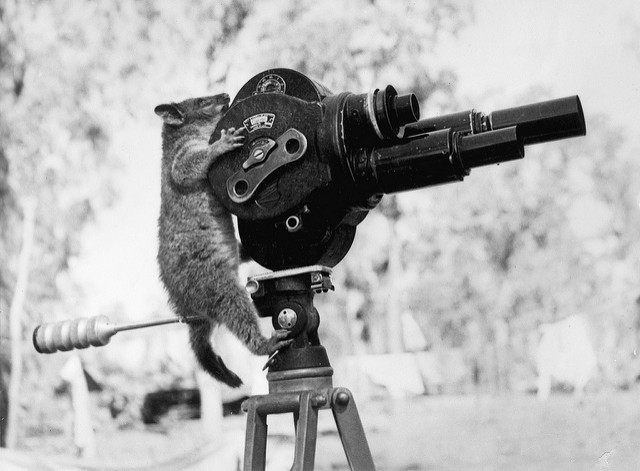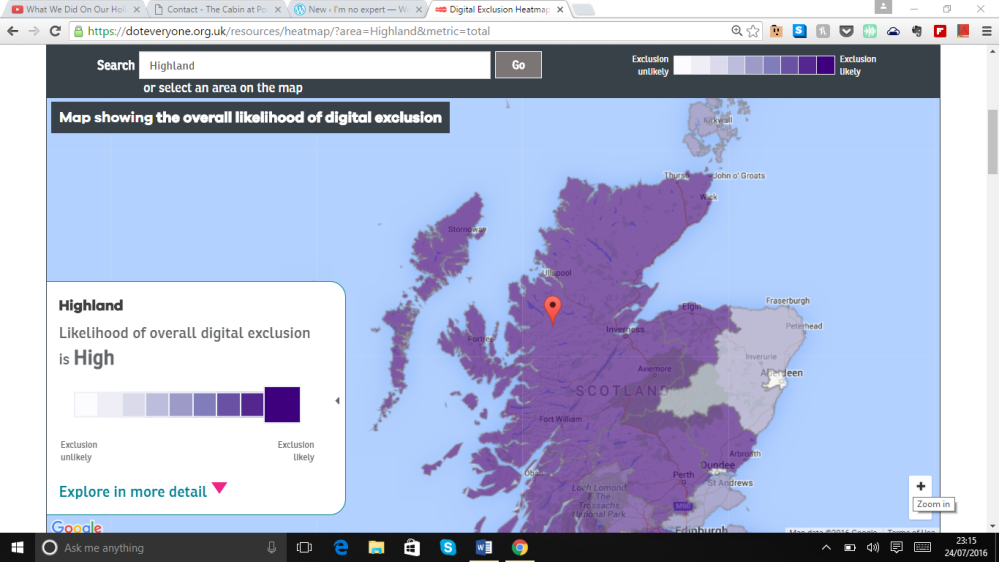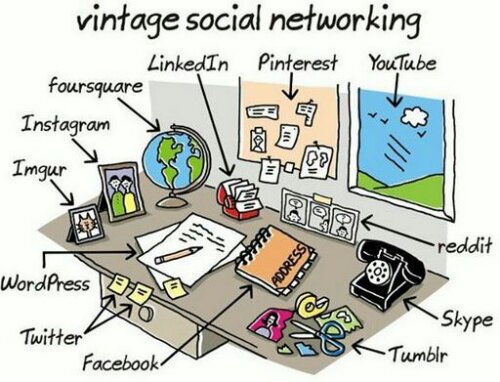Movies aren’t just for the silver screen
A few months ago I attended a training day with BBC Scotland and sportscotland about using shortform film to tell stories. Whenever I am in meetings and refer to it people ask if I have anything I can share. Well, I have six pages of scribbled notes so I decided I should try to get it down in a blog.
Shortform is generally anything up to 90 seconds and used most effectively on social media such as Facebook and Twitter.
Some simple rules before we get down to business:
- avoid talking heads
- it should be able to be understood without sound
- use text overlays but keep each screen short and snappy
- if you are using text, use Plain English
One of the easiest ways to schedule film work (and any other social media for that matter) is to look for ‘tent pole moments’. These are the dates in a calendar when people are likely to be looking for online content. Examples include Blue Monday, the Queen’s birthday, Wimbledon. These moments aren’t necessarily big events but occasions that may spark conversations which end in people looking up Google. Can you create content that will tie in and maybe even appear in those Google search results underneath the ubiquitous Wikipedia entry.
You then need to CODE your content:
- Content – what is the objective?
- Optimise – make it the best and most sharable it can be
- Distribute – use the right channels
- Evaluate – did it achieve its objectives?
Shortform rules:
- Jump straight in – get to the point within 3 seconds. That means no messing about with logos or scene setting. People scroll quickly on their phones and their eye is subconsciously scanning for what’s coming next. If you haven’t got to the point by the time they have moved your film to the centre of their screen, chances are you’ve lost them and they’ll scroll straight past.
- Any movement in the first 3 seconds should be towards the camera.
- Tell audiences how to feel straight off the bat. Go straight for the emotion you need.
- You don’t need the traditional crescendo at the end – the payoff should be 2/3rds of the way through because after this point people are beginning to think about what to watch next.
Shortform tools:
- 1 Second Everyday – tell a story in a second or join them together for a longer story. Great for travel journals or ‘lifetime’ stories.
- Boomerang – the Instagram child of a photo and a gif
- YouTube cards – these let you collect live feedback while your film is playing
- YouTube Creator Academy – tutorials by YouTubers for YouTubers
- Google Trends – helps you identify topics for evergreen content
- Giphy – a place to create and share gifs. A great example is the #blacklivesmatter gif – simple but effective. It makes your news feed look busy

This photograph is from the Australian War Memorial’s collection http://cas.awm.gov.au/item
Making content sharable
In a similar way that movies have just 7 storylines there are 7 qualities that will make people want to share your content.
It needs to:
- be amusing
- be inspiring
- be illuminating
- be shocking
- make people fearful
- make people angry
- be controversial
There are also 5 rules to follow.
- Appeal to the audience’s key motivation – the need to connect to each other
- Keep your message simple
- Appeal to the positive emotions above
- Embed a sense of urgency- Snapchat is perfect for this as it is built in
- Spend time listening to a community then establish credibility. If you can add value to a conversation you will gain credibility
Tools to make sharable content
- Combine apps – use a Boomerang within an album. this will create movement within the album and draw the user’s eye, making them more likely to stop and take a look
- Facebook Canvas – Canvas uses a combination of video, photos and call to action buttons
Distributing content
- What are people actually searching for? Capture users’ intent by playing with the predictive search box in social media platforms such as YouTube then create and tag content that fits.
- Create recurring episodes to keep viewers coming back.
- Schedule around tent pole events
- Release content at the right time of day to suit the target audience. Many organisations have found that weekend posts perform better than office hours posts.
- Get content embedded in 3rd party sites looking for stories. CBeebies got a better reaction from film embedded on NetMums than they did on the CBeebies site.
- Try newsjacking where appropriate. This is the art of inserting yourself into a news story. However this can be risky but if you’re willing to try you should: 1. have a process with sign off in place because you have to move fast. 2. monitor the news using tools such as Google Trends. 3. Create your response. 4. Promote it across appropriate channels.
- Breathe new life into old content.
Digital storytelling
It’s not just about movies though, it’s about great content combos like words and photos or film with text overlays.
Great examples
Humans of New York
Body on the Moor which is built on the Shorthand storytelling platform
Digital storytelling tools
FiLMiC Pro – turns your mobile camera into a broadcast quality high-definition video camera
Lanparte gimbals – turn your phone into a steady cam
Smartlav+ microphones – broadcast quality wearable mics for mobile phones
Quik – free editing app that uses content from your phone’s gallery, albums, Google photos, Facebook, or GoPro Plus footage
BBC Taster – a place to try, share and rate new ideas










